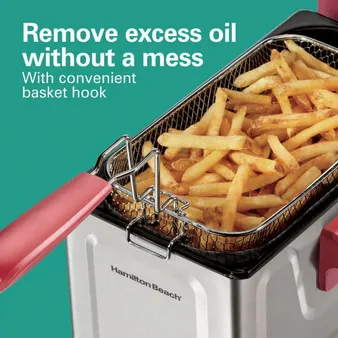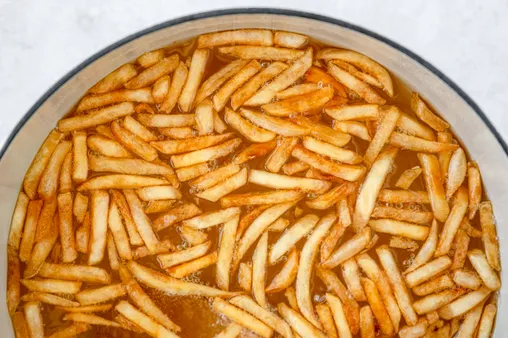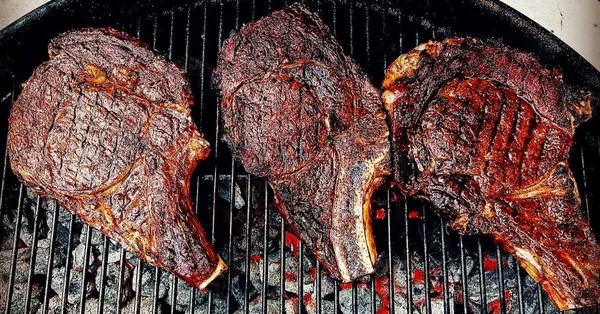Table of Contents
At tauhuichiban, we understand the importance of making your home cooking experience both enjoyable and efficient. One way to achieve this is by reusing deep frying oil. However, it's crucial to know the proper techniques for handling and storing used oil to ensure safety and quality. In this article, we will delve into the topic of deep frying oil reuse, providing you with essential tips on how to maintain its usability while minimizing health risks.

The Ultimate Guide To Deep Frying Oil Reuse: Safety, Convenience, And Taste
Deep Frying Oil Reuse: The Pros and Cons
The Good News: Convenience and Flavor
Imagine you're a superhero chef, saving the day by making delicious fried foods at home. Reusing deep frying oil can be like having a trusty sidekick – it makes your job easier and tastier! When you reuse oil, you don't have to go through the hassle of pouring new oil every time. Plus, some people say that reusing oil gives their food an extra special flavor boost. Just remember to strain out any bits of food from the used oil before storing it in a cool, dry place for future use. This way, your sidekick stays strong and ready for action!
The Not-So-Good News: Health Concerns
But wait, there's a twist in our superhero story! Reusing deep frying oil might also bring some villains into the picture – health risks. As you keep using the same oil over and over again, its quality starts to change. It could become cloudy or smelly, which are signs that it's time to say goodbye to that batch of oil. Also, if you fry at very high temperatures or use certain types of oils with lots of polyunsaturated fats (like safflower or corn oil), harmful byproducts can form in the reused oil. These bad guys can cause health problems like stroke or even cancer if we let them win too often. So always keep an eye on your frying temperature and watch out for any changes in color or odor in your used oil.

Deep Frying Oil Reuse: The Pros and Cons
The Art of Deep Frying Oil Reuse: Tips and Tricks
Reusing deep frying oil is like having a superpower – you can make delicious food without wasting precious resources! But just like any superpower, you need to know the secret tricks to use it wisely. First, after your frying adventures, let the oil cool down completely – we don't want any fiery mishaps! Once it's safe to handle, use a fine-mesh strainer or even a cheesecloth to remove any leftover food particles. Think of it as giving your oil a refreshing bath! Store your strained oil in a clean container with a tight-fitting lid, like a superhero's secret lair. Keep it in a cool, dark place, away from any heat sources that could spoil its powers.

The Art of Deep Frying Oil Reuse: Tips and Tricks
The Dark Side of Deep Frying Oil Reuse: Health Risks and Concerns
The Oil's Transformation: From Hero to Villain
Reusing oil is like letting your superhero sidekick stay in the fight too long. They may start to feel tired and a bit weak. The same thing happens with oil. It's not like a magic potion that stays strong forever. When you heat oil really hot, like when you're frying, it starts to change its chemical makeup. Think of it like a superhero getting zapped by a bad guy's laser beam! The oil's chemical structure gets messed up, and it can lead to bad things, like harmful byproducts. These byproducts are like the bad guy's minions – they're sneaky and can make you sick.
The Bad Guys: Harmful Byproducts and Health Risks
These harmful byproducts are like the bad guy's minions – they're sneaky and can make you sick! It's like those villains in cartoons who leave a trail of slime everywhere they go! The oil's quality starts to go downhill, and it can even become rancid, which means it's gone bad. You can tell if oil is rancid if it smells weird or looks cloudy. It's like a superhero who's lost their super strength – it's not as powerful as it used to be. So, it's best to keep an eye on your oil and throw it away when it starts to look or smell funny. You don't want to give those harmful byproducts a chance to cause trouble!
Harmful Byproduct | Health Risks |
|---|---|
Acrolein | Eye and respiratory irritation, cancer risk |
Trans Fats | Increased risk of heart disease |
Free Radicals | Cell damage, increased risk of cancer |

The Dark Side of Deep Frying Oil Reuse: Health Risks and Concerns
Final Thought
In conclusion, reusing deep frying oil can be a practical and economical choice for home cooks if done correctly. By following our guidelines on proper handling, storage, temperature control, and recognizing when to discard used oil, you can enjoy tasty fried dishes without compromising your health or contributing to unnecessary waste. Remember that understanding the molecular changes in oils during frying is key in making informed decisions about their reuse.